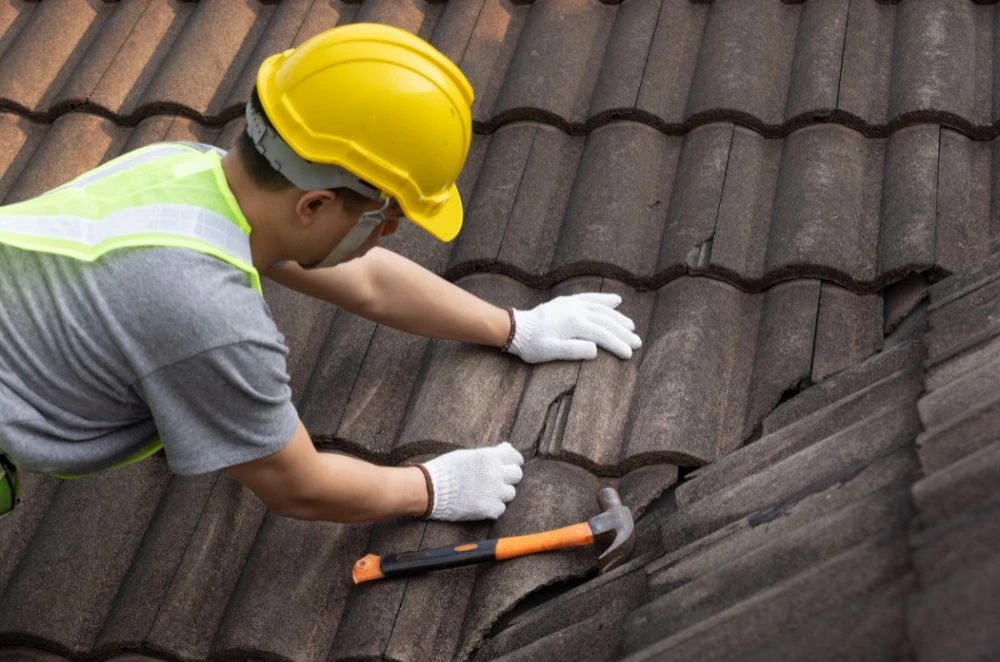A roof leak rarely announces itself with a flood. More often, it’s a faint stain, a musty corner, or a drip that shows up only when the wind swings south. Leave it, and moisture migrates: insulation mats down, plaster swells, wiring corrodes, and mould finds a foothold when the forecast turns fast; time matters. If you’re scanning for help, a reliable leaking roof repair Sydney residents rely on becomes less of a search term and more of a lifeline. I’ve seen small, fixable issues—one lifted cap tile, a tired valley seal—become whole-room repairs because they waited for “one more dry weekend.” Acting early keeps the work local, the budget sensible, and the home dry.
Why do small leaks escalate fast?
Even a slow drip does damage out of sight. Water doesn’t stay put; it travels along timber, under tile, and across plasterboard seams. That’s why a stain can appear meters from the actual breach.
- Wind-driven rain: Sideways rain finds gaps that vertical rain misses.
- Capillary action: Water follows joints and fasteners into dry areas.
- Thermal movement: Sealants and laps open microscopically, then admit water.
- Hidden pooling: Low areas hold damp long after the storm has passed.
In practice, prevention wins. Clear gutters, intact flashings, and sound pointing make a roof boring—in the best way. For context on industry norms and benchmarks around roofing services in Sydney, help frame how work is scoped and recorded. Good records stop small issues from getting lost between visits.
What can you safely check first?
When it’s raining, nobody expects a rooftop climb. Still, a few ground-level checks help you describe the problem clearly and avoid secondary damage while you arrange help.
- Ceiling survey: Circle with a pencil, add time and weather notes.
- Attic sniff test: A damp, sweet odour often leads your eyes to the spot.
- Gutter glance: Weak discharge can hint at debris or a blocked downpipe.
- Interior protection: Buckets, towels, and a tarp protect floors and furniture.
Simple notes—“drip starts after 20 minutes of heavy wind,” “stain grows during southerly storms”—help a roofer trace the path. It’s the difference between guessing at every seam and heading straight to the usual suspects. Guides that explain why urgent roof repairs matter echo the same point: the clock starts at the first sign of moisture, not the first bucket on the floor.
Common Sydney leak sources and how pros triage
Sydney’s mix of tile, metal, and complex additions means the weak points change house to house. Pros build a pattern library—what fails first, and under what weather.
- Valleys and laps: Leaf litter lifts water over laps and under tiles.
- Penetrations: Old boots split; poorly sealed bases admit wind-driven water.
- Flashings: Tiny lifts along brickwork become capillary highways.
- Fasteners: On metal roofs, exposed screws lose seal and invite leaks.
A careful triage starts with the weather report and your notes, then moves to known stress points. Short-term stabilisation—temporary covers, seal checks, debris removal—buys time for a permanent fix when the roof is dry.
Repair options that actually last
Fast patches have their place during a storm, but lasting repairs address the root cause, not just the symptom. That may mean lifting a few courses of tile, renewing valley irons, or replacing aged screws and washers.
- Source-first method: Track the pathway back to the first entry point.
- Compatible materials: Sealants and metals must agree to avoid corrosion.
- Water shedding: Laps, falls, and flashings should guide water off the roof.
- Document the work: Keep evidence for warranties and insurance later.
If the situation is beyond quick mitigation, neutral resources outlining calling a pro for roof repairs underline why trained eyes and safe access matter. A solid fix is quieter than a flashy patch: you won’t notice it because nothing leaks.
Costs, coordination, and insurance timing
Leaks are cheaper before they travel. Spend on the cause, not the consequences. Good contractors are transparent about scope, materials, and what happens if hidden rot emerges during the job.
- Price signals: Clear line items prevent guesswork and surprises.
- Moisture mapping: Meters and cameras limit unnecessary tear-outs.
- Insurer needs: Dates, photos, and invoices to speed claims.
- Maintenance plan: Seasonal inspections keep future costs down.
If you work from home or manage a rental, communication keeps stress low: set access windows, confirm power and ladder points, and plan for noise. Most roof work is brief but loud; a heads-up avoids calendar collisions.
After-the-storm checklist for homeowners
Big downpours make small faults easier to spot. A simple, safe routine right after the weather clears helps you capture clues and prevent follow-on damage.
- Safety first: Wait for dry conditions and use ground-level checks.
- Trace signs: Note time, wind direction, and rainfall intensity.
- Containment basics: Buckets, towels, and plastic sheeting limit secondary damage.
- Evidence ready: Dates and descriptions speed insurance and repair decisions.
Spending ten focused minutes here saves hours later. With clear notes and temporary protection in place, the permanent repair can be scoped accurately and completed faster.
Bringing it together for Sydney homes
A leak is rarely the disaster you fear—until it sits. Addressed promptly, most repairs are tidy: clear the path, reinstate the shed, renew seals, and move on. Wait, and costs jump from sealant and screws to saturated insulation, damaged plaster, warped timber, and a dehumidifier humming for days. In fast-moving weather, “I’ll deal with it next weekend” is the most expensive sentence in the house. Keep notes of the first time you notice a mark. Protect what’s below. Call for help with specifics. Between storms, book a simple maintenance rhythm—clean valleys, test gutters, check flashings.


